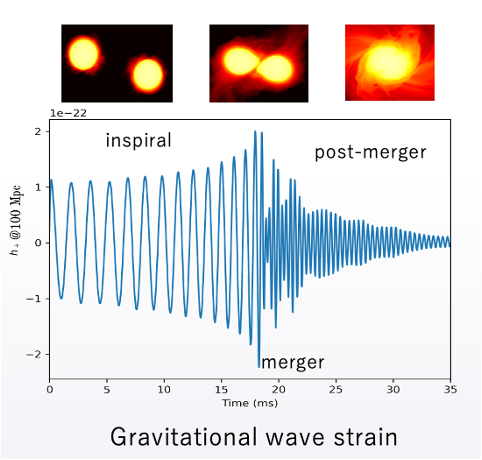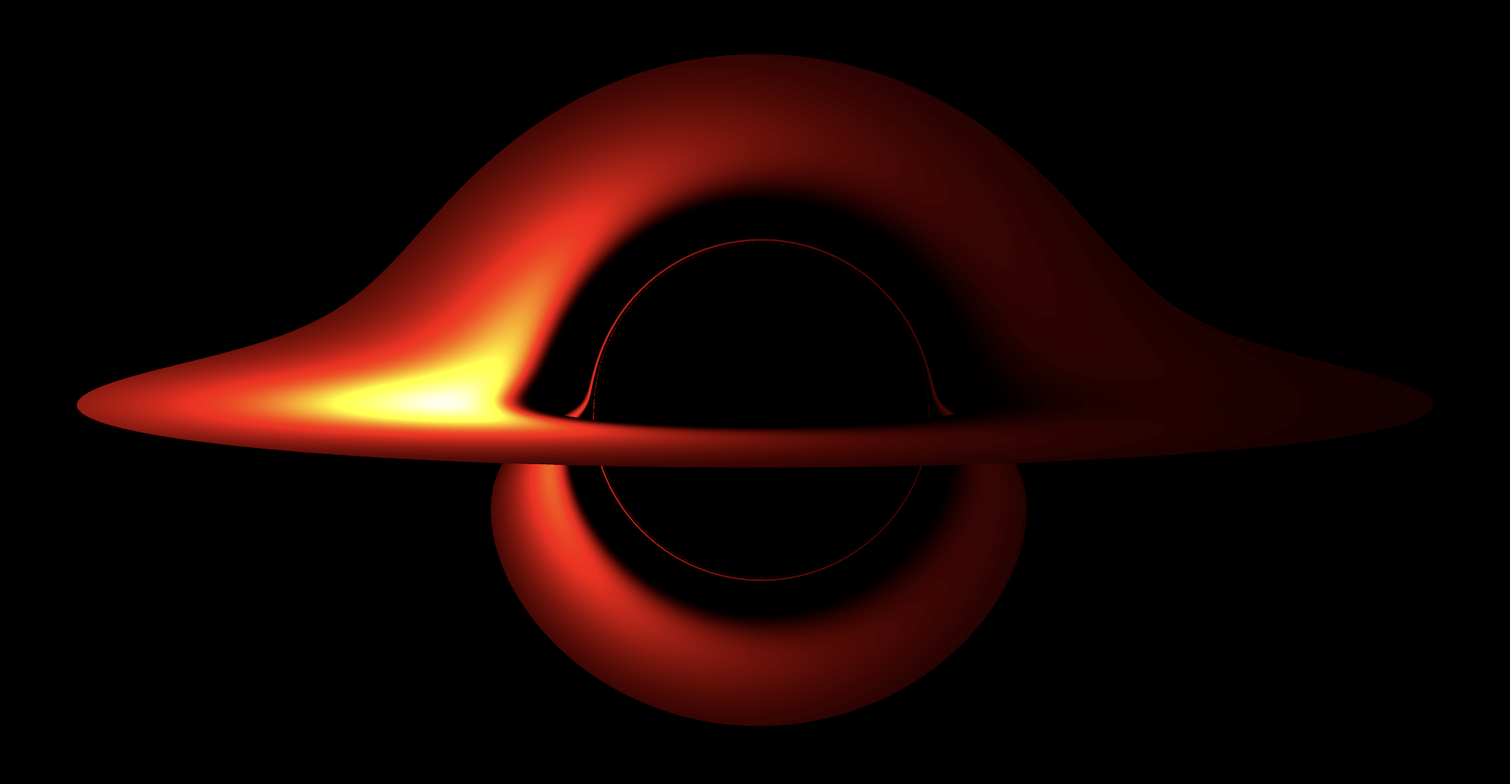
Gravitational Waveform Modeling
Gravitational waves are tiny ripples in the fabric of spacetime, set off by some of the most cataclysmic events in the Universe—such as the collision of two black holes, the merger of neutron stars, the merger of a neutron star and a black hole, or the explosion of a massive star in a supernova. In a binary merger, two compact objects spiral closer and closer together, dancing around each other in a cosmic waltz before finally colliding to form a single, even more massive object.
As these massive bodies move through spacetime, they create distortions that radiate outward at the speed of light—gravitational waves. Albert Einstein first predicted their existence about a century ago, shortly after developing his general theory of relativity. For decades, they remained a purely theoretical concept—until 2015, when the LIGO/Virgo/KAGRA collaboration made the first direct detection. Since then, many more events have been observed, including the famous binary neutron star merger of 2017, which provided a treasure trove of information and confirmed key predictions of physics.
To predict and detect gravitational waves, scientists need accurate “waveform templates” in advance. These templates are compared against data from detectors to identify real signals buried in noise. Early in a merger, gravitational waves can be modeled with high accuracy using post-Newtonian approximations. But as the objects approach each other and enter the violent merger phase, the problem becomes too complex for simple equations—requiring full-blown numerical relativity, where the coupled, nonlinear Einstein field equations are solved on powerful supercomputers.
My research focuses on enriching these waveform template banks by exploring a wide range of binary system parameters. This work is crucial for the next generation of detections, as advanced ground-based observatories like LIGO and future space missions such as LISA will capture more—and more varied—events. Beyond simply detecting these waves, they give us a unique way to probe gravity itself.
